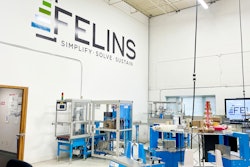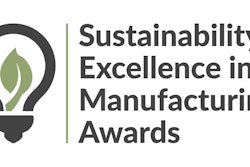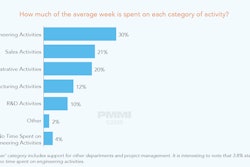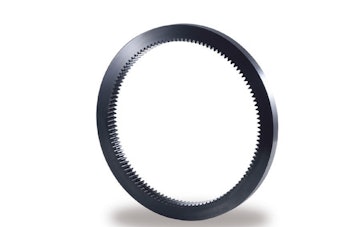
Leaks happen. And even the best designed pneumatic systems will at some point in time suffer from leaks. A fitting may work its way loose, or the seals in pneumatic components may wear over time. The resulting leaks are wasteful and costly—both to your bottom line and to the environment. You can, however, effectively combat leaks by implementing a real-time compressed air monitoring system. Continuously monitoring compressed air usage will let you quickly identify and respond to those inevitable leaks.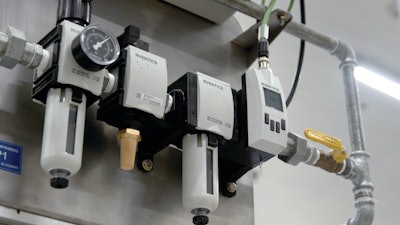 Mounted in-line as a stand-alone device or as part of an air preparation system, the AF2 monitors compressed air usage in real time.
Mounted in-line as a stand-alone device or as part of an air preparation system, the AF2 monitors compressed air usage in real time.
Equally important from an energy reduction standpoint, compressed air monitoring can provide insights that help you optimize the supply pressures to match the true demand requirements of your pneumatic processes. This approach stands in contrast to the commonplace, but potentially wasteful, practice of simply relying on nominal supply pressures recommended by pneumatic component manufacturers.
Colgate-Palmolive is a caring, innovative growth company that’s reimagining a healthier future for all people, their pets, and our planet. As part of an ambitious plan to achieve net zero carbon in operations by 2040 (go to pwgo.to/7287 to see the full plan), the company has embraced compressed air monitoring as an essential tool in its efforts to reduce wasted energy in its manufacturing plants. “With a brand that is in more homes than any other, Colgate has the responsibility to find innovative solutions to sustainability challenges such as wasted energy. One of the main drivers of energy consumption in many of our plants is compressed air,” says Andres Bejarano, Colgate-Palmolive’s Global Technical Director for Home Care Products. “We see compressed air monitoring as a valuable tool not just to reduce waste from leaks but also to optimize our pneumatic processes so they use compressed air more efficiently and, ultimately, contribute to our efforts to reduce our carbon footprint.”
Over the past year, Colgate has implemented real-time compressed air monitoring on several of its production lines in South America. Bejarano reports that the company first piloted continuous compressed air monitoring on a single toothbrush tufting machine in Sao Paulo, Brazil. The success of that project led Colgate engineers to install a similar monitoring system on all tufting machines in Brazil and toothpaste packaging lines, also in Brazil and Mexico. “The toothpaste packaging lines now have compressed monitoring from filling to palletizing,” he says, adding that the company has plans to expand compressed air monitoring to additional manufacturing and packaging operations across the globe.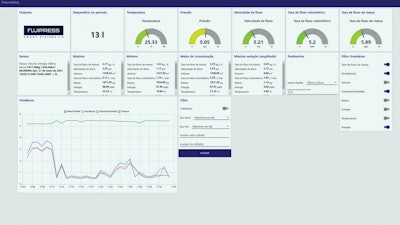 The AF2 flow sensor’s calorimetric sensing cell measures air flow, pressure, velocity, volume, and energy. The device also calculates and stores descriptive statistics on the usage data.
The AF2 flow sensor’s calorimetric sensing cell measures air flow, pressure, velocity, volume, and energy. The device also calculates and stores descriptive statistics on the usage data.



